
It may have taken a while to actually get there, but after much soul searching you have finally committed yourself to completing a self-supported long distance e-bike cycle tour … congratulations, you are on the cusp of an amazing adventure.
But, as you are now realising, it’s one thing to make the commitment to head off on an e-bike cycle tour and a totally different thing entirely to make it a reality.
So where do you start the planning process? No matter whether you are planning a trip of just one or two weeks or a multi-country odyssey stretching over a year or more, your first and most important task is to choose the right e-bike.
Given the importance of making the right choice, the decision making process can at first seem daunting given the long list of e-bike brands, electric motor types and brands, frame styles and component choices available on the market.
But don’t worry that is where E-Bike Cycle Tourists – my wife Rachel and I – come in to help guide you through the process of choosing the right e-bike to transport you safely and trouble free from start to finish.
With a combined total of 55,600 kilometres of e-bike riding between us while cycle touring to a world e-bike long distance record in Europe and the UK in 2015/16, we like to think that we know a thing or two about what constitutes a good cycle touring e-bike.
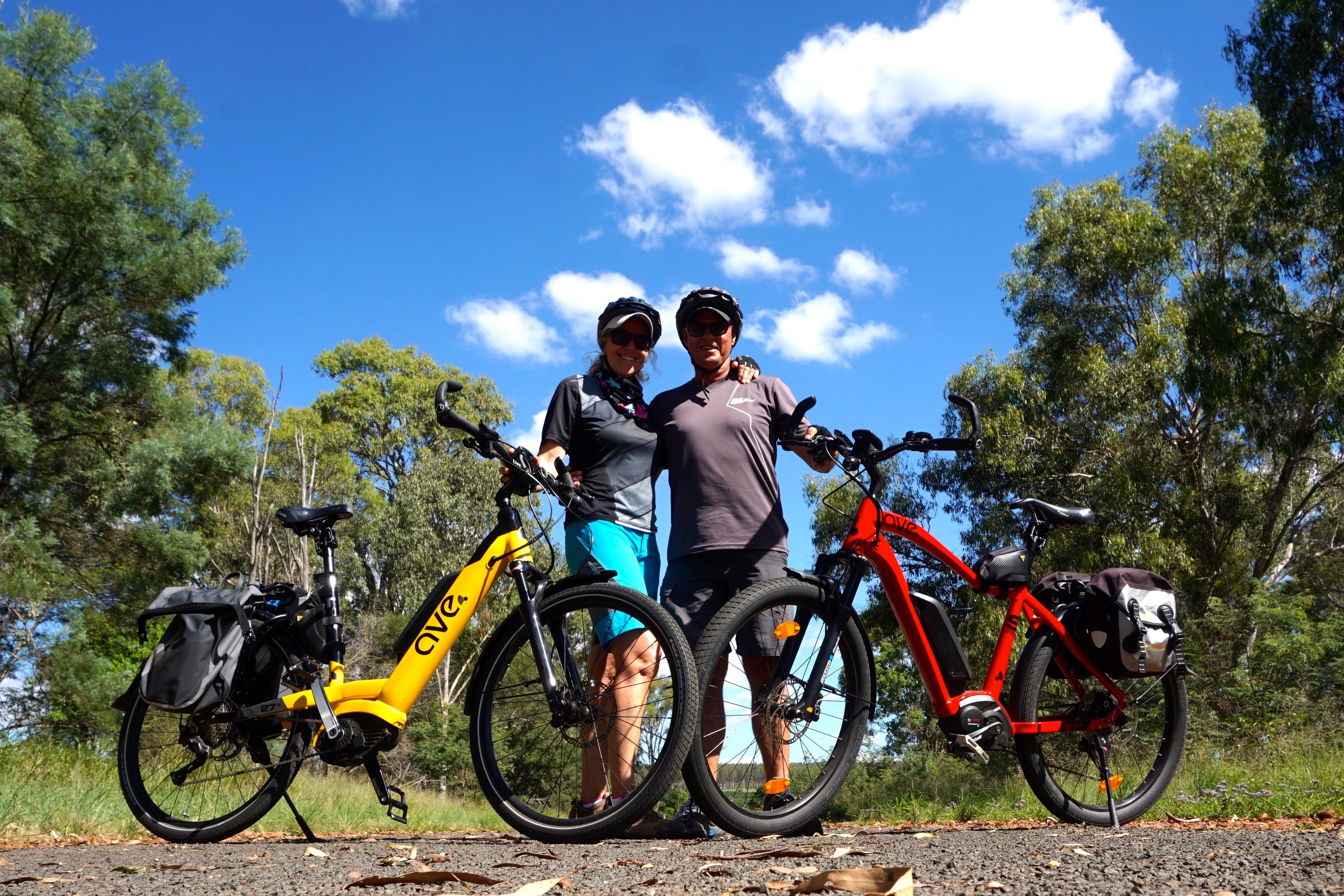
Avoid Cheap E-Bikes at All Costs
And let me tell you here and now it is not a cheap Made in China e-bike or a bicycle featuring a retro fitted after-market e-bike conversion kit. While it may be possible to use a cheap or second-hand bicycle on a non-electrically assisted bike tour, this is not the case once you go down the pedal assist/electric motor e-bike path.
Never before has the idiom ‘you only get what you pay for’ been more relevant.
Buy a cheap, no name e-bike or try to bolt an after-market e-bike conversion kit onto your regular bicycle and it is almost a certainty that it won’t be long before you suffer a catastrophic breakdown … as the Murphy’s Law adage suggests, “Anything that can go wrong will go wrong”.
And not only will the inevitable breakdown you suffer be sure to happen a long, long way from help, but the fallout from that initial bad choice will have the potential to put your entire e-bike adventure at risk of coming to a premature end.
The Things To Look For in a Touring E-Bike
So what should you look for in an e-bike suitable for cycle touring?
First and foremost a bike powered by a mid-mount electric motor made by a reputable company such as Bosch, Yamaha or Shimano that has service centres in the countries where you plan to cycle.
It is also vitally important to help ensure your e-bike remains stable on the road when fully loaded with all of your equipment and that the battery on the e-bike of your choice is mounted on the down tube or as low as possible on the frame to help provide a low centre of gravity.
Many e-bikes on the market today have the battery mounted on the rear rack or, in some cases, on the underside of the cross bar, with the result that they have a very poor centre of gravity.
Steer clear of these at all costs or risk both losing balance and crashing while riding or, at the least, your fully loaded bike will fall over every time you use the kickstand when stationary.
Personally, prior to setting out on our record-breaking tour, I researched in detail (maybe looking back it was in too much detail) all of the leading manufacturers of e-bike motors/electrical systems.
In the end I realised that no matter what parameters I researched – torque, reliability, ease of use or the availability of service centres – all roads led to the Bosch Performance line of e-bike motors.
Sixteen months and a combined 55,600kms of pedaling later and our choice of an e-bike system was well and truly vindicated. While most moving parts on our e-bikes such as brake pads, chains, cassettes, tyres, brake rotors and rear wheels had to be replaced one or many times, the Bosch Performance line motors and associated electrical systems never missed a beat.
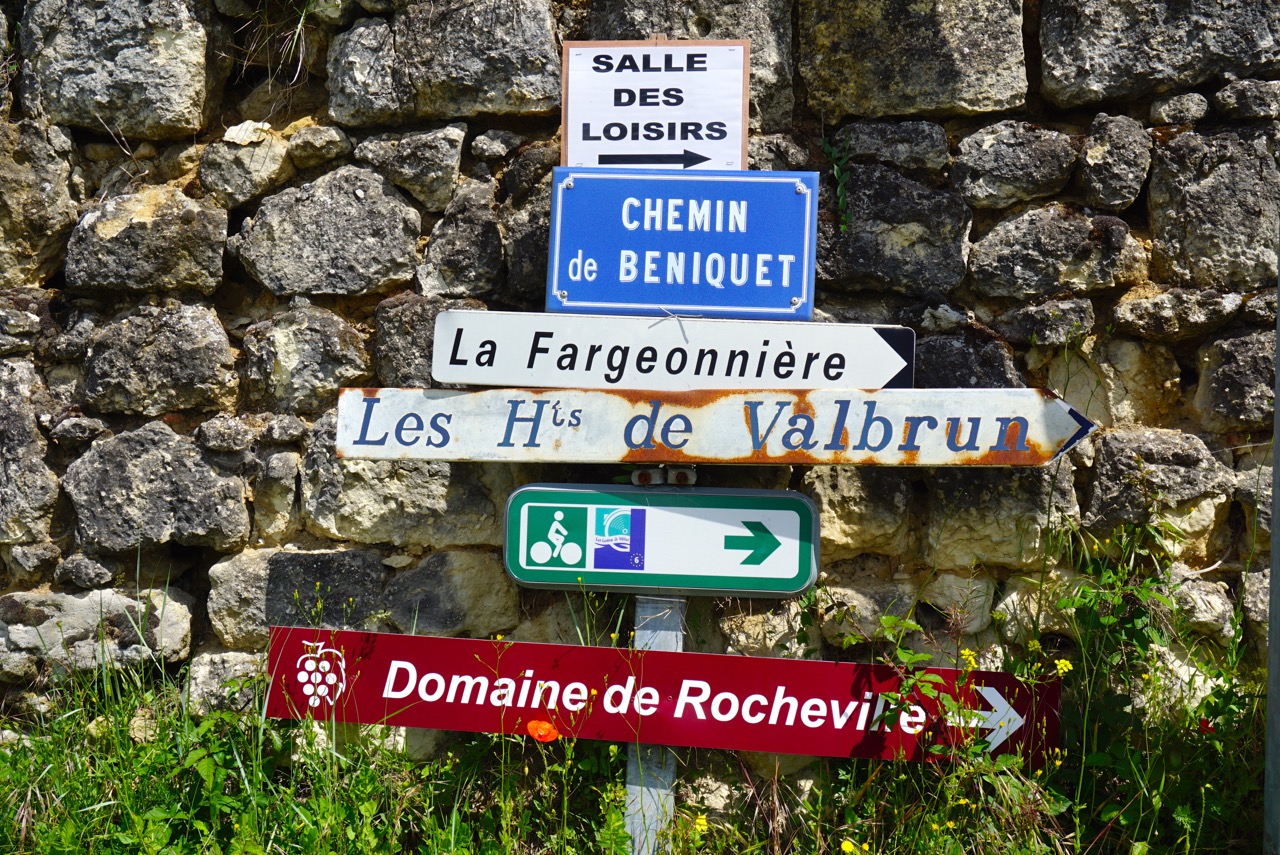
You Can’t Go Past the Bosch CX Performance System
As far as we are concerned the sporty CX Bosch Performance Line system in combination with a 500wh battery is the way to go.
Bosch have three eBike systems; the CX Performance Line, Performance Line and Active Line, with the CX system perfect for fully loaded touring.
With 75nm of continuous torque, 250 watt output and four different modes of sustained power the Bosch CX system is guaranteed to give you all the power you need to cycle up any hill and to defeat any headwind that blows your way.
The Bosch system also includes three sensors that constantly measure torque, speed and acceleration more than 1,000 times per second, meaning that you have all the information needed via your Intuvia controller to remain in the optimum gear, especially when cycling uphill.
Wide versus Narrow Profile Tyres?
Okay, you have researched and settled on the best pedal assist system for your e-bike adventure, what other important considerations are there to be made before making your big e-bike purchase?
In no particular order these include but are not limited to tyre profiles, step through versus cross bar frames, the type of suspension and brake systems to be used and whether to go with panniers or a trailer to carry all of your gear.
The e-bikes we used on our e-bike adventure had 700mm diameter wheels and relatively narrow 38mm road tyres, but in hindsight, given the many, many kilometres of off-road cycling we did, it would have been better to have gone with wider profile tyres.
Not only do wider profile tyres allow you to cycle off-road along muddy and bumpy trails with confidence, but they provide better stability and grip on the road in all conditions.
Another important consideration is to make sure the wheels you choose have 36 spokes – not 32. The wheels we initially set out with were 32 spoke and all, given the heavy loads we were carrying, buckled and broke after less than 10,000 kilometres. After switching to 36 spoke wheels we never had another moment’s trouble.
The step-through versus cross bar frame is an interesting decision to make. While the vast majority of cycle tourists go with the cross bar option, there is a lot to be said for a step through frame.
When you are cycle touring you are inevitably going to be getting on and off your e-bike many, many times during the day for rest stops, photo opportunities and to discover yet another tourist spot.
As we discovered when you are tired, cold or wet after a long day’s pedaling it is not only too much like hard work to have to throw your leg over a high cross bar while balancing a heavy e-bike laden with all of your gear, but darn annoying.
As a result there were many, many times when we wished our e-bikes were step-through models.
When you come to deciding what suspension and braking systems to use, there is only one piece of advice that we can give – go with the best you can afford.
Buy an e-bike with cheap, second rate suspension and you will rue your decision over every kilometre and bump you cycle. Likewise, if you go with a cheap braking system there is every chance it will break down at the most inopportune time when you are a long, long way from the nearest bicycle shop or worse still will fail when you need it the most going downhill.
Our best advice is not to compromise on your safety and comfort. After all, is it worth saving a few hundred dollars to almost guarantee an uncomfortable ride and to potentially risk a major accident?

The Decision … Panniers or a Cycle Trailer?
The pannier versus trailer question is an interesting one. While we opted to use a trailer in combination with rear panniers, many others prefer to use panniers only.
By putting the majority of our weight in the single wheel trailers we towed we found our e-bikes were easier to handle, but on the flip side it was often difficult to navigate through gates installed to stop motorbike riders.
Overall we were delighted with our choice of a trailer as a faithful luggage-carrying companion, but at the end of the day it is very much a personal choice that depends on the distance you plan to cycle, the terrain to be covered and the e-bike you choose.
Once you have all the bases covered and have settled on what make of e-bike to use then it is time to settle on your route, what gear to carry, tent to use etc, etc.
Cycle touring is an amazing way to see the world. The hardest part is making the decision to go on an e-bike tour, the rest is just plain FUN.
Give it a try; you will not regret the decision. In fact I can guarantee you will become addicted to what is an AMAZING way to see the world.
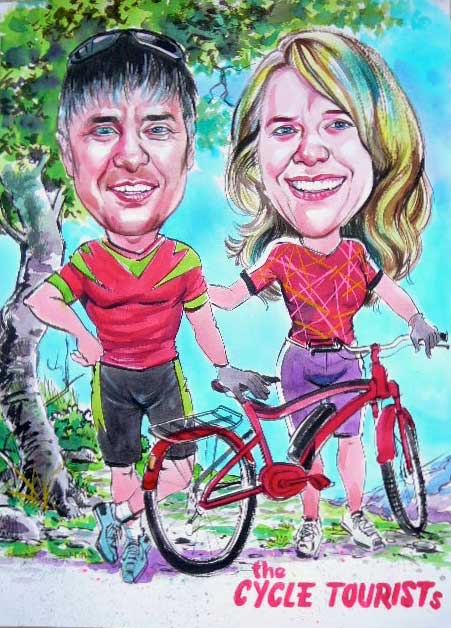
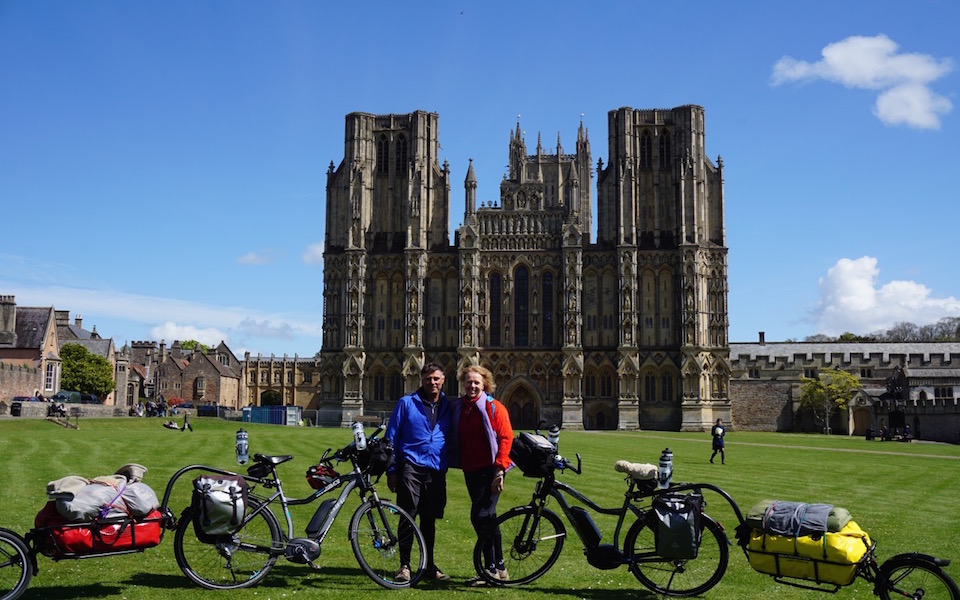
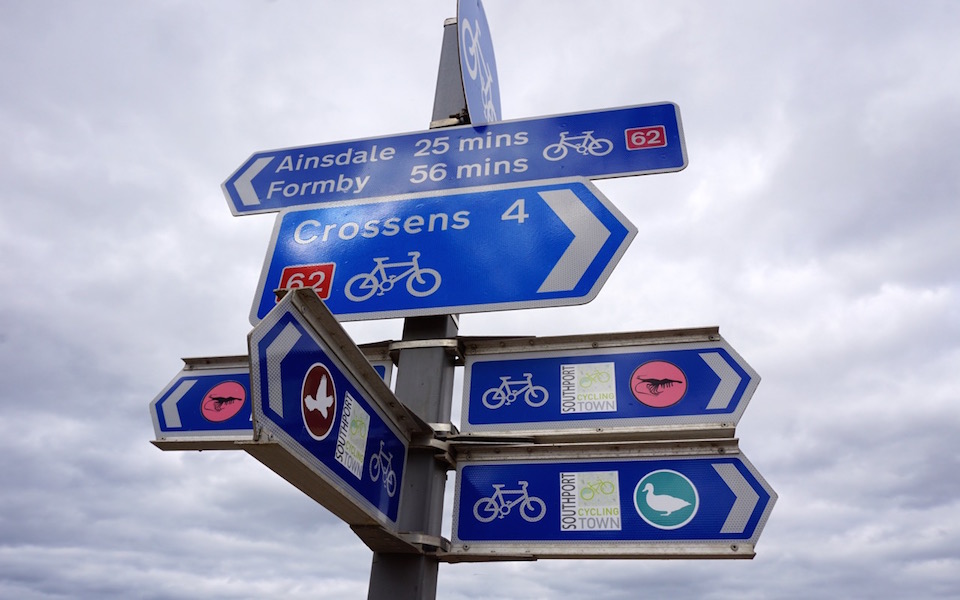
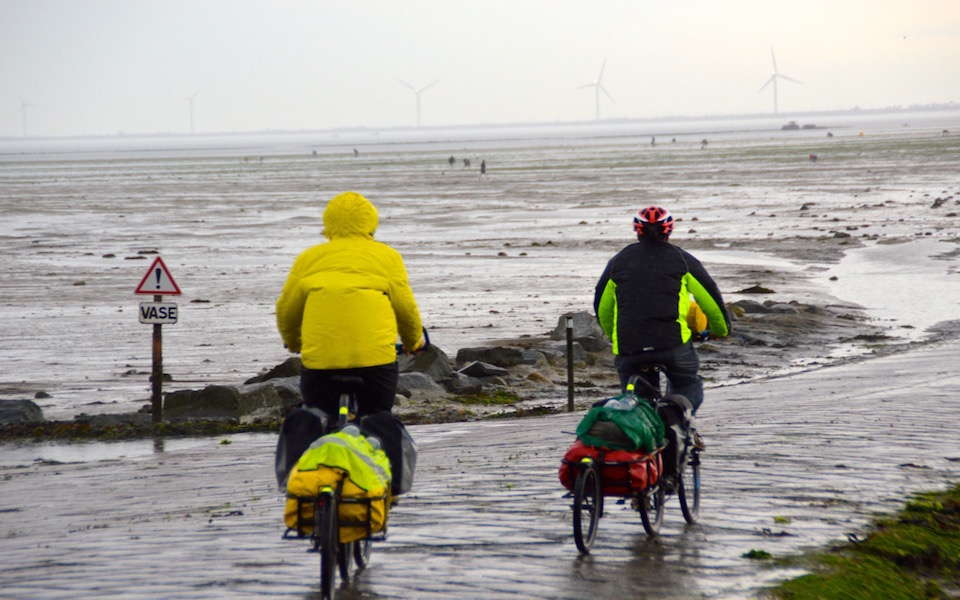

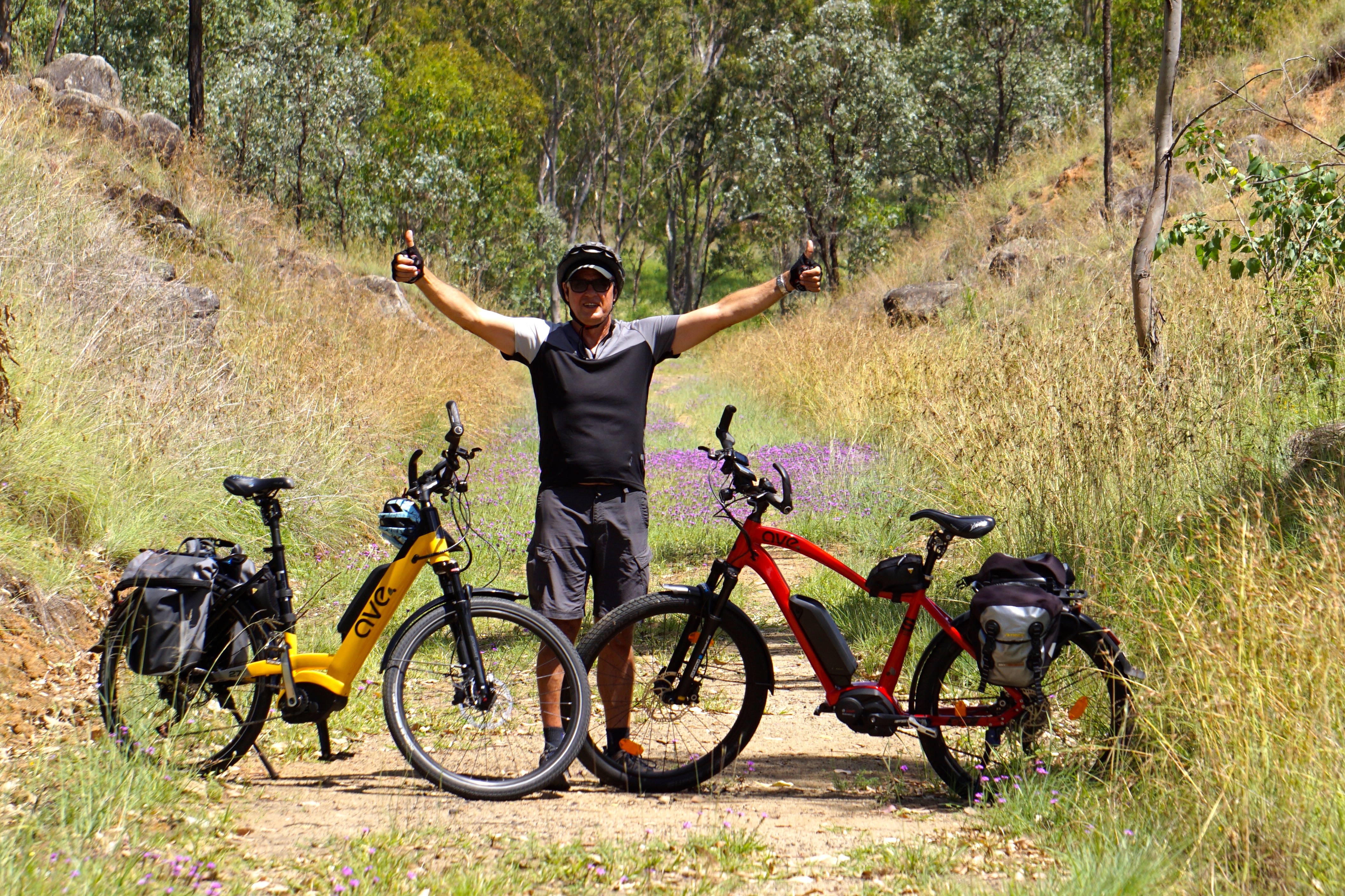
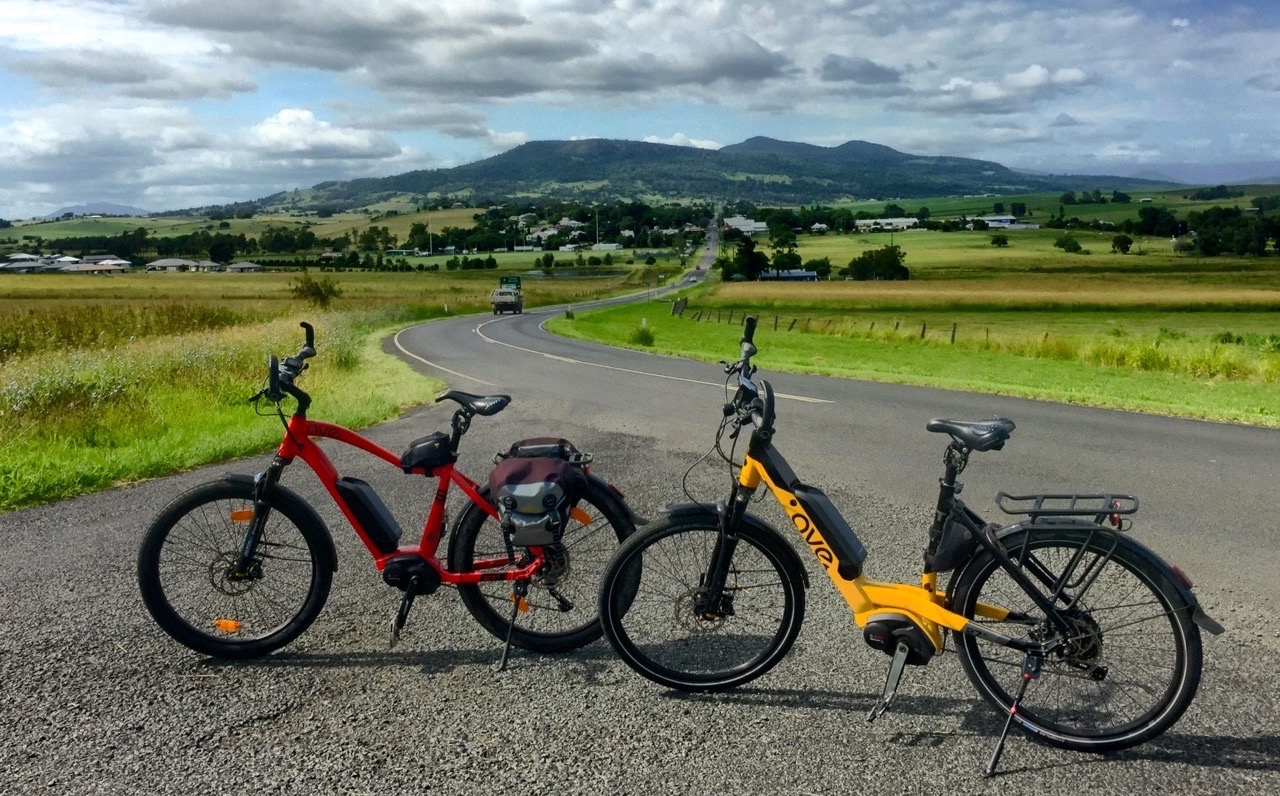

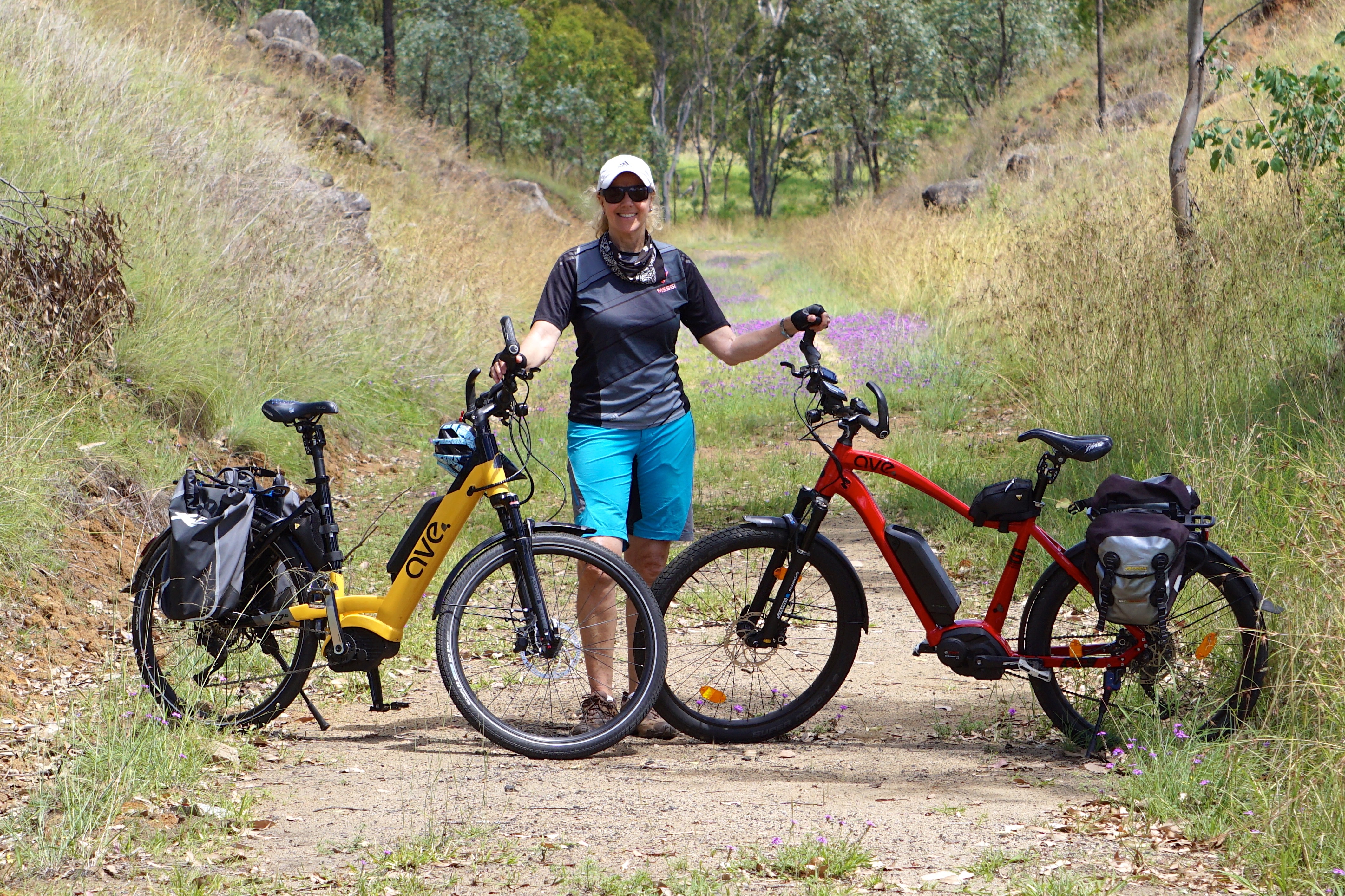




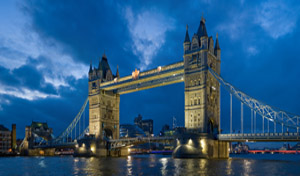
Thanks Guys, you are so inspiring!! And well informed. Good to hear from you and know that you are still going strong.
Joan and Barry Phillips
Moncarapacho, Algarve Portugal
Hi Joan and Barry. So good to hear from you. We are still e-biking as often as possible and are already planning our next big adventure which will definitely include Portugal. Cheers Gary and Rachel
Hi,
Love all the info and blogs.
I have recently finished a 3 month non powered bike trip following Eurovelo 6. Absolutely amazing.
Next year I would like to take 6 months on an ebike (on order) riding around the Mediterranean.
Is there any way that you know of for extending the time you can stay in the Schengen Zone? The leaving after 90 days and waiting 90 days to return is very inconvenient.
I have retired and I am in my mid 60’s.
Thanks,
John
Hi John. So pleased to read that you plan to do your next cycle tour on an e-bike … it is a decision we can guarantee you will not regret. Unfortunately there is no way around the 3 month Europe Schengen rule. It was the one major obstacle we encountered on our tour, with the only option to head to the UK or Cyprus (or both) to see out your 3 month Europe exclusion period. That said there is some amazing touring to be had in England and in Ireland along the Wild Atlantic Way on the west coast – our favourite destination by far. Just go with the flow, you will have an amazing adventure.
Gary and Rachel
Hi,
I leave for Europe in a few days.
When charging an e-bike at campsites is it a good idea to carry an extension lead.
Is it better to buy one in Europe and what length would you recommend.
Thanks,
John
Hi! Finally found and inspiring and informative site on long-distance ebike touring. I have a new bosch cx powerline powered bike and was encouraged by your recomnendation of it. I live in Central Asia and have been planning to ride some 4000km back home to Europe at the end of my work period here.
The worry I have is that I will need to pass through Kazakstan and Russia and Im quite sure there are no bosch service centres along the way. I.e. if I had engine failure it would be a train journey adventure rather than cycling. I’ve read many accounts of the bosch motor breaking down even after only a few hundred km due to e.g. bearings. For example heavy raim washes lubrication away due to bad seals and the bearings halt. As my bike already makes a screeching noise at times after 500 km of city riding in dry conditions, I find the reliability of these things worrisome. The control units also seem to tilt due to moisture.
BUT you seemed not to have issues with yours. I’m also sure the thousands of riders without issues do not report that online. Do you think I would be able to do the 4000km or so with service? Did you need to chage the bearings on your bikes during the 27000km covered? Did you ever come across folks ebiking unassisted to Africa, Asia?
Many thanks for your thoughts!